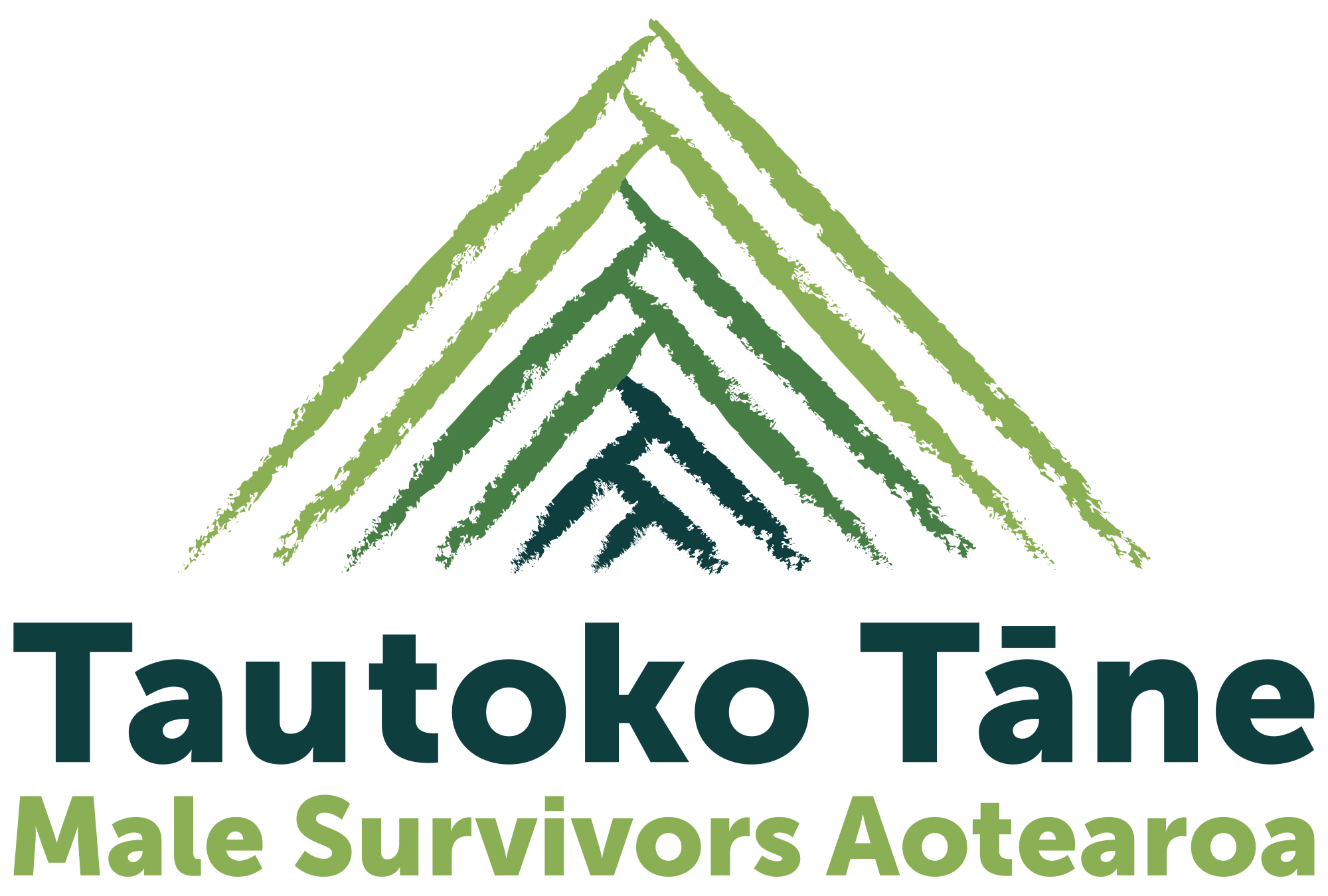The contemporary era of organized peer support owes its success in no small part to the mental health consumer movement of the 1970s. This social movement empowered former mental health service users to help each other and advocate for themselves. From these humble roots, peer support quickly found new applications in chronic disease management (diabetes, mental health, heart disease, cancer, asthma, HIV/AIDS, substance abuse), screening and prevention (cancer, HIV/AIDS, infectious diseases), and maternal and child health (breastfeeding, nutrition, post-partum depression). As the philosophy of peer support slipped into the mainstream, public interest is reaching an all-time high.
Published in
Peers for Progress
Peer support is gaining recognition in almost sector of health and healthcare. Health researchers are continuing to build the evidence base for peer support for a variety of disease conditions, populations, and settings. Healthcare providers are seeing the benefits of peer support on their medical practices, particularly when it comes to patient satisfaction and patient outcomes. Employers and health insurance companies are increasingly implementing peer support programs to improve worksite wellness, increase productivity, promote health maintenance, and reduce costs. Policymakers see peer support as an effective strategy for community outreach, quality improvement, increasing access to primary care, and reducing health disparities. And most importantly, patients are seeking out peer support in greater numbers than ever before. With passionate endorsements across the spectrum, peer support is poised to be become a pillar of national healthcare policy.
How did this come about? Where did it all start?
This article is the first in a series that will explore the history of organized peer support and discuss what this means for health and healthcare around the world.
The Origins of Organized Peer Support
Larry Davidson, Professor of Psychiatry at the Yale School of Medicine, tracks the beginnings of peer support to a psychiatric hospital in late 18th century France.2 The governor of Bicêtre Hospital in Paris, Jean Baptiste Pussin, recognized the value of employing recovered patients as hospital staff. The chief physician at the hospital, Philippe Pinel, praised these peer staff for being “gentle, honest, and humane”, “averse from active cruelty”, and “disposed to kindness”. Hiring former patients marked a shift in the philosophy of mental health care that ushered in the “moral treatment” era. Pussin’s practice wasn’t just an isolated case either – Davidson found peer staff popping up periodically in several other inpatient settings as well.
Peer support surfaced again in the 1965 with the efforts of Robert Carkhoff and Charles Truax, in which lay counselors, trained with specific skills, were successful in helping mentally ill patients in hospital settings.3,4 Professionals in community mental health were among the first to advocate for the integration of peers into primary care settings. In 1967, Emory Cowen proposed a model of community mental health care that requires the employment of nonprofessional peers in the development, implementation, and evaluation of community interventions.5 In contrast to the system of care provided in big state hospitals, community mental health emphasized a) primary care, b) matching the needs of the population, and c) employing “indigenous nonprofessionals”, or peers, in the development, implementation, and evaluation of intervention programs.5,6
While the mental health profession was slow on the uptake of peer support, the philosophy was rapidly and widely adopted by the community of mental health consumers. The mental health consumer/survivor movement has been a driving force behind the dissemination, adoption, popularization, and growth of peer support. In the 1970s, big state hospitals across the country were being closed down, releasing patients with severe mental illnesses into the community with inadequate transitional support. Simultaneously, patients began to speak out about systematic mistreatment and denial of civil liberties while under the care of state mental hospitals. Once released, former patients sought relief through autonomous peer and mutual support groups, which helped empower individuals as well as the community.
In its most radical period, the mental health consumer movement sought autonomy and rejected traditional modes of care. However, the movement changed course in the 1980s as it reached out to governmental and professional organizations. This period of re-engagement led to improved mental healthcare practices, increased funding for technical assistance and training programs, and a subsequent boom in peer support services. Peer support specialists in the mental health field were among the first to be certified, and qualify for state and Medicaid reimbursement.
*****
In the next part of this series, I’ll look at the spread of peer support into other health fields and chart the growth of peer support in the academic literature.
References
1. Davidson L, Chinman M, Kloos B, Weingarten R, Stayner D, and Tebes JK. (1999). Peer Support Among Individuals with Severe Mental Illness: A Review of the Evidence. Clinical Psychology: Science and Practice;6(2):165-187.
2. Davidson L, Bellamy C, Guy K, and Miller R. (2012). Peer support among persons with severe mental illnesses: a review of evidence and experience. World Psychiatry;11:123-128.
3. Enright MF & Parsons BV. (1976). Training Crisis Intervention Specialists and Peer Group Counselors as Therapeutic Agents in the Gay Community. Community Mental Health Journal;12(4):383-391.
4. Carkhoff RR & Truax CB. (1965). Lay mental health counseling: The effects of lay group counseling. Journal of Consulting Psychology;29:426-431.
5. Cowen EL, Gardner EA, and Zax, M. (1967). Emergent approaches to mental health problems. New York: Appleton-Century-Crofts.
6. Newbrough JR. (1969). Community mental health: A movement in search of a theory. In J.J. Bindman and A. Spiegel (Eds), Perspectives in community mental health, Chicago, Aldine Pub. Co.
By Patrick Tang, MPH
Published in Peers for Progress
Aug 2013



